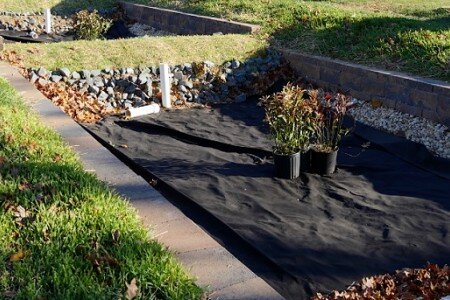The public investment and ownership model for infrastructure assets isn’t working anymore. As the infrastructure funding gap increases, it’s time for us to find and invest in new business models for constructing and maintaining key infrastructure assets. This means looking for new revenue streams and rethinking life cycle costs. We often think about private investment models and public-private partnerships as solutions. But, there are a spectrum of options.
Just as companies have stepped up to innovate around materials and technologies, there are companies innovating around business models. These business models are set up to overcome the many obstacles of investing in infrastructure. Those obstacles start with infrastructure’s complex life cycle with many different stakeholders. The legacy and ‘lock in’ nature of infrastructure systems make them necessary and natural monopolies. And, on top of all that, there are external, difficult to value, externalities of infrastructure systems. To overcome these obstacles, companies are stepping in to disrupt and break down these issues.
This is most commonly seen in the transportation sector, where Uber and Bird have flipped the “last mile” problem on its head. No longer is the solution about extending public transit systems or improving pedestrian infrastructure. These companies are monetizing the idea of transportation as a service (TaaS)- pay as you use it. The pervasiveness of these companies is having huge effects on the transport sector. Estimates project that TaaS could save families $5,600/year and reduce the global fleet from 247 million in 2020 to 44 million in 2030. This new paradigm is creating opportunities for every infrastructure sector to innovate and unlock capital.
We’ve gone ahead and highlighted a few of these models. You’ll be surprised to learn that while the private sector is playing a big part in this, the public sector has played a key role to incentive investments in new business models.
Zero down commitments:
One of the biggest barriers to infrastructure investment is the high capital costs. We’ve seen many energy companies finance themselves to reap huge benefits in building more efficient energy networks. Solar companies, like SolarCity, enter into long-term operational contracts with customers. They install solar panels on buildings for a relatively low cost and reap the pay-back through monthly utility bills. Since the efficiency of these panels is greater than the utility service, the customer sees a lower energy bill and the installer is still making a return. Los Angeles’ PACE program incentivizes these services by allowing homeowners to install without any upfront costs. And, other localities have leveraged this model to bring in private investment to install LEDs in public lighting and lower their own operational costs with very little upfront costs.
Credits galore:
Credits are being used to solve the problem of valuing infrastructure’s external impacts. The most common kind of infrastructure-related credits are carbon credits. Companies who produce too much carbon can buy credits from “low carbon” companies. This model is the basis of Washington, DC’s Stormwater Retention Credit (SRC) program. Projects that reduce stormwater runoff can earn credits and sell those to projects that have too much stormwater runoff. From here, a new market is created, where investors can buy and sell credits to improve the return for projects. Leading the front, Prudential invested $1.7 million in District Stormwater LLC and is helping property owners install green improvements for free in exchange for retention credits.
Going, going,… gone!
Typically, infrastructure assets are permanent. Choosing where that infrastructure is located becomes contentious and can lead to costly predevelopment processes. Reverse auctioning takes a new approach and let’s residents decide where distributed infrastructure should be sited. In Cincinnati, residents got to decide how much they would need to be paid to have a water basin located on their property. Then, the local government determined where the lowest cost and the highest environmental benefit would be. Those selected for a water basin were paid what they stated during the reverse auction.
Capturing new value:
When taxes don’t pay for infrastructure, we usually see user fees pop-up. But, what if there was another way to capture improved value? Improving infrastructure has an indirect effect on property values (and hence property taxes). The Santa Ana River Watershed established a Enhanced Infrastructure Financing District that collects revenues from the incremental increase of property taxes. This is more commonly referred to as tax increment financing and has been used widely by quasi-government entities like Business Improvement Districts.
For Rent:
Other infrastructure companies are leveraging growth in circular economy companies which are projected to boost economic growth by 4% and introduce 200,000 jobs by 2030. Instead of thinking about purchasing space, materials, and equipment, these companies are creating products for the built environment that can be reduced, reused, and recycled. In the spirit of the circular economy, Solvitect is repurposing rooftops and parking lots to implement energy and (storm) water solutions. As Solvitect is, in effect, renting these spaces, others have established online marketplaces for renting out materials and equipment in the built environment.
But, how do we continue to rethink these business models? Because of infrastructure’s legacy within the public sector, the government has set rules for how these systems are constructed, maintained, and financed. In many cases, the government needs to establish new policies, in effect sparking and building private investors interest and confidence. In 2017, DOEE rolled out a Price Lock Program and Aggregator Startup Grants to do just this. Other localities are following suit.
Interested in learning more? Check out my original article at InfraShares.com.

